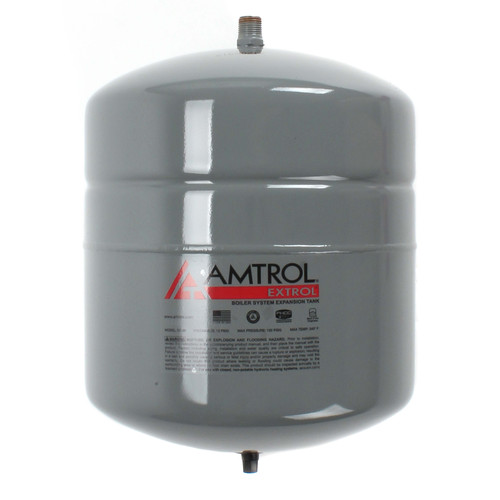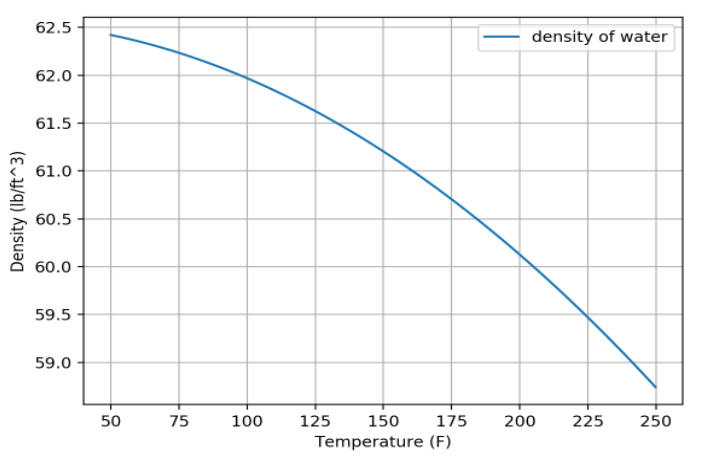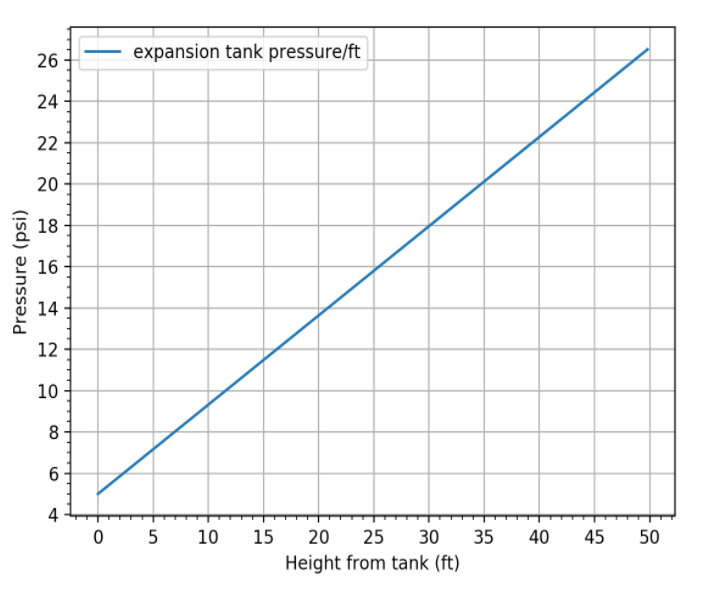Get Tech Tips
Subscribe to free tech tips.
Determining the Air-Side Charge of an Expansion Tank

Michael Housh from Housh Home Energy in Ohio wrote this tip to help techs determine the air-side charge on a pressure tank. Thanks, Michael!
Determining the air-side charge of an expansion tank in a hydronic heating system is a relatively easy task. A properly sized and charged tank is designed to keep the system pressure about 5.0 PSI lower than the pressure relief while the system is at maximum operating temperature.
The proper air-side charge is equal to the static pressure of the fluid at the inlet of the tank, plus an additional 5.0 PSI allowance for the pressure at the top of the system. The air side of the tank should be checked and adjusted before adding water to the system. If the tank is already installed and the system has pressure in it, the pressure should be drained at the tank to 0 PSI before testing the pressure on the tank.
The formula for calculating the air-side pressure is relatively easy and directly related to the highest point in the system from the inlet of the expansion tank.
Pa = H * (Dc / 144) + 5

Where:
Pa = air-side pressure in the expansion tank (psi)
H = height from the inlet of the tank to the highest point in the system (ft)
Dc = density of water at its coldest state / typically filling (lb/ft3)
The above graph shows us the relationship between the density of water and temperature between 50°F-250°F.
A lot of the “rule of thumb” equations for hydronic systems are based on the density of water @60°F is 62.37, so we could simplify the above equation into a rule of thumb equation by first solving for the density (Dc). (Note: the formulas that we use in hydronic system GPM calculation also use the 60°F baseline. We have published an article about hydronic system GPM calculations, which you can read HERE.)
Dc = 62.37 / 144 =0.433
Substituting ‘Dc’ into the original equation would give us a slightly less complicated equation that can be used as a rule of thumb to solve for the air-side pressure.
Pa = H * 0.433 + 5
Below is a graph that shows us this rule of thumb equation and the required air-side pressure based on the height of the system piping.

—Michael H.











Comments
To leave a comment, you need to log in.
Log In